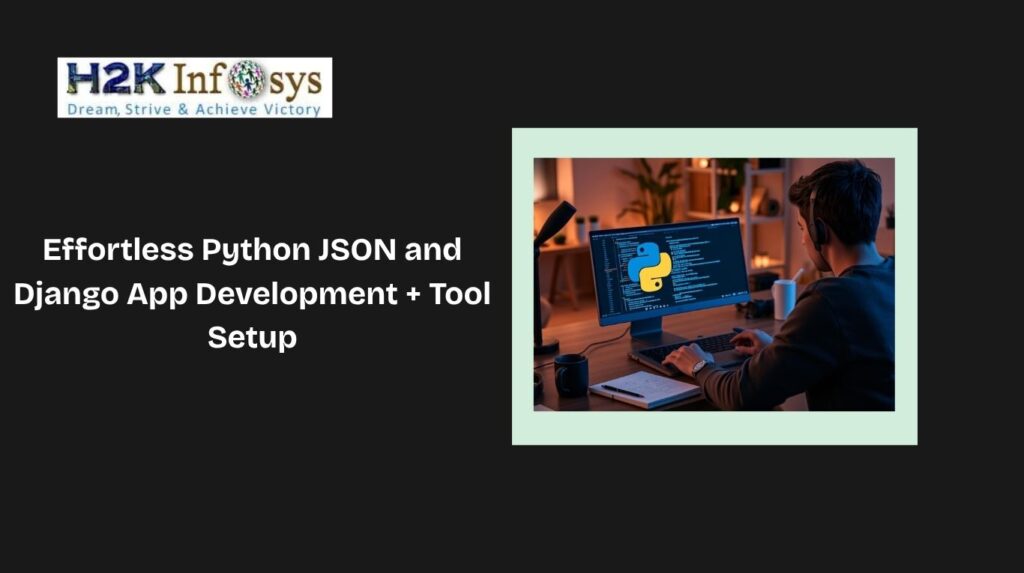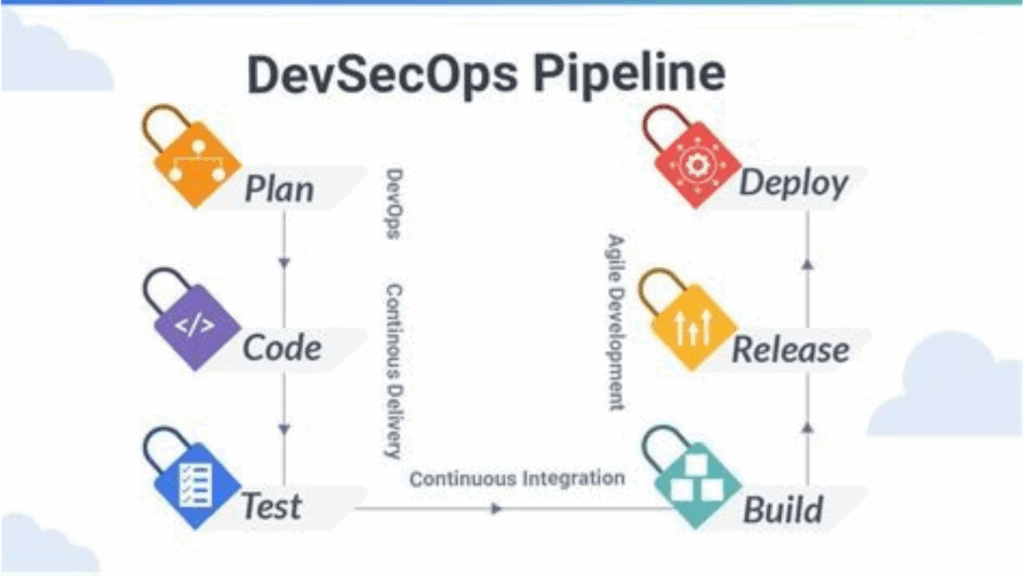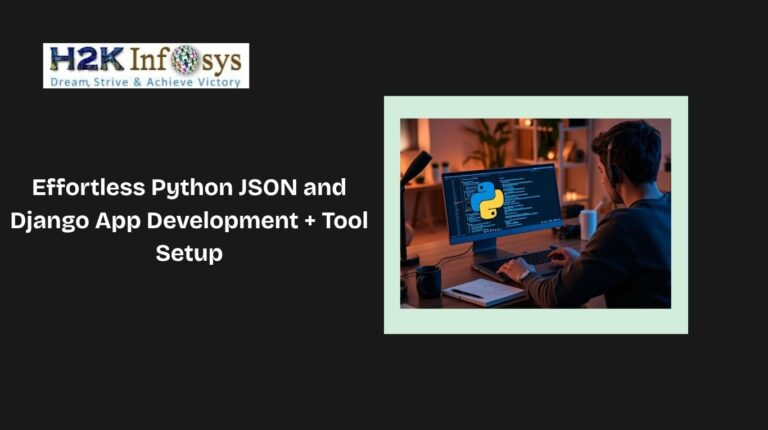When it comes to competitive business environments, change is not only unavoidable; it is required for survival and growth. Given this, Business Analysis Process Reengineering (BPR) can be a useful technique for firms looking to enhance efficiency, cut costs, raise revenues, and remain competitive. However, the success of any BPR initiative is strongly dependent on the participation of qualified experts who can assess, strategize, and implement changes efficiently.
In this article, we’ll look at the critical function that BAs play in business process reengineering. We’ll look at how they work as liaisons between stakeholders and process owners, their ability to document existing processes, and the key approaches and tools they use to assist successful process reengineering. Check out our Business analyst online course to learn about Business Analysis.
The Role of Business Analysts in Process Reengineering
As Business Analysis, we work with teams and stakeholders to ensure that everyone knows the overall solution, goals, milestones, and tasks at hand, and that everyone is on the same page.
Communication Facilitation
Business Analysis act as a vital link between stakeholders who envisage and require change and process owners who carry it out. We enable communication so that both parties’ aims and expectations are fully known. BAs will successfully translate and break down high-level business objectives into concrete process improvements, as well as help define how to achieve them.
Effectively Documenting Existing Processes
One of the primary responsibilities of a Business Analysis working on a BPR campaign is to chronicle the present state of affairs. This includes producing easy-to-read process maps and flowcharts that represent the complexities of existing procedures. This paper acts as a blueprint for analysis and redesign, highlighting areas for potential improvement and assisting all team members in envisioning how to transition from the current to the future state.
Process Reengineering: Key Techniques and Tools for Business Analysts
Business Analysis use a toolbox full of specialized strategies and tools to effectively reengineer business processes. These technologies aid us in navigating and clarifying complicated corporate environments and processes through analysis and improvement. The following are only a few examples.
Process Mapping and Flowcharts
Visualizing the current status of processes using flowcharts and process maps is an important step toward refreshing and optimizing them. These graphical representations aid stakeholders in better understanding procedures, identifying bottlenecks, and pinpointing opportunities for improvement.
Gap Analysis
Gap analysis is the process of calculating the difference between the existing and desired future states. BAs use this technique to identify disparities, allowing them to focus on the specific modifications required to properly bridge these gaps.
SWOT Analysis
BAs employ SWOT (Strengths, Weaknesses, Opportunities, and Threats) analysis to thoroughly examine existing processes and the settings in which they are used. By recognizing internal strengths and weaknesses, as well as external opportunities and threats, we acquire a comprehensive picture of the current situation and may begin to plan for how to improve it in the future.
Skills in Identifying Bottlenecks
Bottlenecks can be hidden roadblocks that inhibit an organization’s success. In this section, we’ll look at the tools and principles that Business Analysts might apply to detect bottlenecks.
Root Cause Analysis.
Bottlenecks frequently hide underlying difficulties that impede efficiency. BAs employ root cause analysis methodologies to delve deeper and uncover the underlying issues causing process delays or inefficiencies. This analytical approach guarantees that offered treatments address the underlying causes, rather than just symptoms.
Pareto Analysis (80/20 Rule)
The Pareto Principle, commonly known as the 80/20 rule, states that about 80% of outcomes result from 20% of causes. BAs can utilise this technique to determine which problems, if resolved, will have the biggest influence on process efficiency. This strategic strategy enables optimal prioritisation of improvement efforts.
Design for Efficiency
Business process reengineering is all about efficiency, and business analysts are the architects of this transformation. Let’s look at the techniques and blueprints that BAs use to build processes with maximum efficiency.
Brainstorming sessions.
Business analysts advocate brainstorming sessions and frequently coordinate them with stakeholders and process owners. These collaborative meetings produce new ideas and alternate approaches to addressing identified bottlenecks and inefficiencies.
Simulation and Prototyping
Before making changes to real-time operations, BAs frequently employ simulation and prototyping to test redesigned processes in a controlled environment. This enables for fine-tuning and optimization before full-scale deployment.
Benchmarking
Benchmarking is a methodical process where a company measures its performance or processes against those of best-in-class companies, identifying areas where improvement can be made. This practice allows organizations to develop plans on how to make improvements or adapt specific best practices, usually with the aim of increasing some aspect of performance. Benchmarking can be applied against any product, process, function, or approach in business. Common metrics of benchmarking include quality, time, and cost. By understanding the best practices of others, companies can enhance their own operations, driving innovation and improving efficiency to remain competitive in their markets.
Conclusion
Business analysts are crucial in the field of Business Process Reengineering. Their role as facilitators, documentarians, and analytical experts is critical to the success of any BPR initiative. BAs identify bottlenecks and develop efficient, competitive processes that may propel an organization towards its goals by utilizing important methodologies and tools such as process mapping, SWOT analysis, and root cause analysis. You can check out our business analyst training course to learn more about Business Analysts.





























